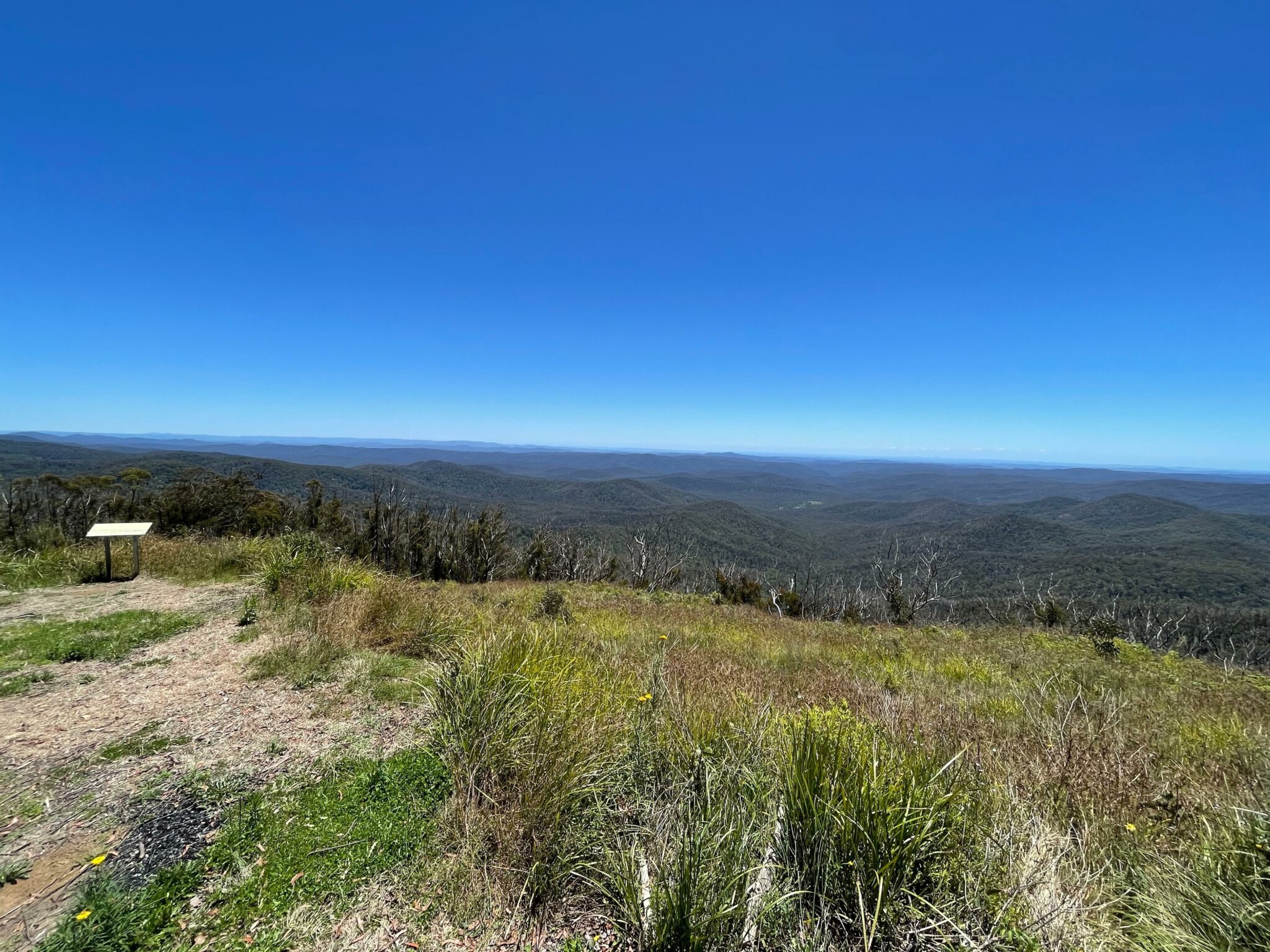
The debate on balancing environmental conservation with economic growth has continued for decades and it sometimes feels as if the scales are well out.
Other times, however, we consult with clients who truly understand the symbiotic relationship between the environment and the economy.
No matter where you sit on the belief that one should not and cannot be achieved without the other, WolfPeak presents this article to provide a baseline of understanding to the conversation.
If you need to discuss the relationship with regard to your own business context, get in touch and we’ll happily assess how your business can grow in tandem with nature.
Where the economy relies on the environment
In Australia especially, our economy is highly reliant on the commercialisation of natural resources.
Many industries, including mining agriculture, and tourism would all be cut down without an abundance of resources like iron ore, wheat, and national parkland.
During the 2022 financial year, Australia’s most valuable export (as it is most every year) was iron ore and concentrates, valued at $132 billion. This made up 22.3% of the country’s total exports, followed by coal (19.1%) and natural gas (11.9%).
Wheat ranked seventh, valued at over $11 billion, while beef alone raked in almost $10 billion, according to the Department of Foreign Affairs and Trade.
Without significant environmental planning and approvals, none of the projects to facilitate these exports would be allowed.
If you thought iron ore was important for our economy, consider this: Australia’s tourism sector earns $152 billion each year and provides more than 660,000 jobs. With stunning natural locations such as Kakadu National Park, the Great Barrier Reef, and basically all of Tasmania, it could almost be said that our environment is a $100 billion industry.
Without these contributions to our GDP, courtesy of our finite and fragile natural resources, Australia’s economy would look a whole lot different.
The effect of climate change on the economy
Few industries will be safe from the devastation of catastrophic climate change if we allow the crisis to reach a breaking point.
Obvious industries like agriculture, tourism, property and healthcare will all be threatened by reduced yields, fewer visitors, natural disasters, and risk of illness, respectively.
But the effects of climate change on the economy will be far more entrenched in society unless environmental accounting becomes commonplace this decade.
For example, a report from the New South Wales Government in 2021 revealed that extreme and frequent heatwaves could threaten more than 700,000 days of work every year by 2061. These concerning statistics considered industries like manufacturing and construction, as well as the usual suspects of agriculture and mining.
These same heatwaves would also have a great effect on electricity costs and water availability, as air conditioning becomes more of a necessity and water sources diminish.
In the property market, climate change is expected to reduce its value by roughly $571 billion by 2030.
By 2061, up to 46,000 properties will be at the mercy of coastal erosion or flooding, causing property damages of up to $1.3 billion.
These crucial markets are vital to sustaining a viable cost of living for all classes across Australia, not to mention the importance of foreign investment in Australian real estate – valued at $137 billion in 2021.
Considering the environment in economic decision-making
Fortunately, to avoid the doom and gloom described above, there are certain measures that place some importance on the environment.
The NSW Environmental Protection Authority (EPA) describes the importance of environmental-economic accounting, as it considers both sides of the coin.
“The System of Environmental-Economic Accounting (SEEA) Central Framework was developed by the United Nations Statistics Division and adopted as an international statistical standard by the UN Statistical Commission in 2012,” the EPA states,
Since the endorsement of the SEEA Framework, the Australian Bureau of Statistics (ABS) has developed its own environmental-economic accounts, the Water Account, the Energy Account, and the National Land Account. These Accounts consider the country’s resources and usage of each resource, informing decision-makers as they approve and deny new projects.
Outside of these Accounts, each state of Australia has its own regulation around environmental impact assessments (EIS). These documents provide a detailed account from a qualified ecologist who can assess the suitability of a development application with regard to the environment.
EIS processes are generally quite stringent and often stop harmful projects from impacting the environment on too large a scale.
WolfPeak has extensive experience in EIS management and has provided such a service on projects like WestConnex, the Pacific Highway Upgrade, and Botany Industrial Park.
Consult with WolfPeak
At WolfPeak, we’re passionate about benefiting both the environment and the economy to ensure a sustainable, livable, and thriving society for all.
If you need to balance your impact on the environment while contributing to economic growth, get in touch with our team and we’ll discuss your unique situation.
GOVERNMENT & STRATEGIC ADVISORY
Reconstruction of the Mogo Aboriginal Land Council Office
VIEW PROJECTGOVERNMENT & STRATEGIC ADVISORY
Reconstruction of the Mogo Aboriginal Land Council Office
VIEW PROJECT


